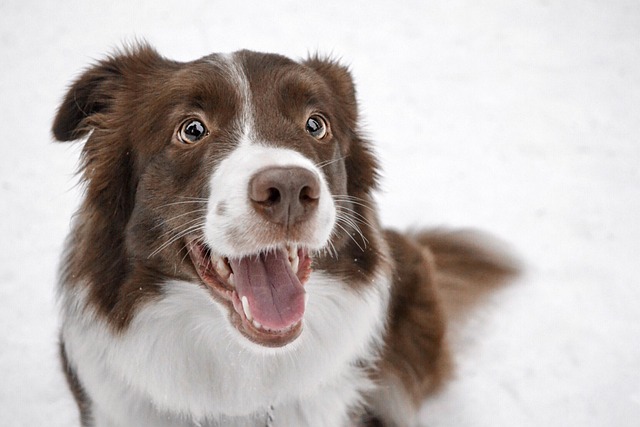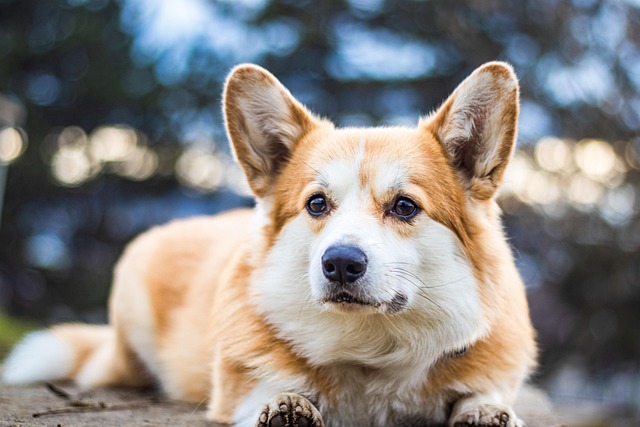
Are border collies hard to potty train?
Border collies aren’t inherently harder to potty train than other breeds, but their unique traits can make the process feel trickier if you’re not prepared.
Ever seen a Labrador retriever effortlessly fetch game in the fields or a German Shorthaired Pointer lock onto a scent with laser focus? Behind those impressive skills lies extensive training—and a price tag that varies widely. Understanding what goes into training a hunting dog helps set realistic expectations, especially with local regulations in mind.
Private one-on-one lessons typically run \(50 - \)150 per hour. In Montana, where hunting culture runs deep, many owners opt for weekly sessions to fine-tune commands like "heel" and "retrieve." But it’s not just about teaching commands; trainers spend hours acclimating dogs to gunfire, which involves controlled exposure starting from low-decibel simulations. These specialized sessions can add 20 - 30% to the overall cost.
Board-and-train programs offer convenience but come at a premium. In Texas, facilities charge \(1,500 - \)3,500 per month, covering accommodation, meals, and daily training. Owners often receive video updates showing their dogs navigating obstacle courses or practicing scent trailing. However, check local leash laws and kennel regulations before committing—some municipalities limit how long dogs can stay in commercial training facilities.
 Group classes provide an affordable alternative, averaging \(30 - \)60 per session. In rural Pennsylvania, community centers host seasonal training camps where hunters gather their dogs for group drills. This setting not only cuts costs but also socializes dogs with other working canines. Just be aware of noise ordinances—excessive barking during public training could land you a fine.
Group classes provide an affordable alternative, averaging \(30 - \)60 per session. In rural Pennsylvania, community centers host seasonal training camps where hunters gather their dogs for group drills. This setting not only cuts costs but also socializes dogs with other working canines. Just be aware of noise ordinances—excessive barking during public training could land you a fine.
Don’t forget hidden expenses. Training aids like e-collars (regulated in many states) cost \(100 - \)300, and specialized hunting vests add another \(50 - \)150. Some trainers require dogs to have up-to-date vaccinations and licenses, which can range from \(50 - \)200 annually depending on local rabies and registration laws.
Behavioral considerations matter too. Puppies under six months may require additional patience, increasing training time by 1.5 - 2 times compared to adult dogs. According to canine behaviorist Dr. Emily Carter, "Hunting dogs bred for high drive need structured routines to channel energy effectively." Owners with anxious or aggressive dogs often pay 30 - 50% more for behavior modification.
To keep costs in check, consider hybrid models. A Virginia-based trainer offers online video courses for basic obedience (\(200 - \)300) paired with quarterly in-person check-ins ($150 each). This setup allows owners to reinforce training at home while ensuring proper technique.
Ultimately, training costs hinge on your dog’s age, breed, and local regulations. Whether you’re in a bustling city or remote countryside, research local trainers thoroughly. Look for certifications from organizations like the National Association of Dog Obedience Instructors and read reviews from fellow hunters. With the right planning, you’ll have a well-trained hunting companion without breaking the bank.

Border collies aren’t inherently harder to potty train than other breeds, but their unique traits can make the process feel trickier if you’re not prepared.

Teaching a dog to high five isn’t just a party trick—it’s a fun way to bond, boost their confidence, and keep their brain sharp.

Anyone new to hunting with dogs knows the struggle—you want a partner that listens, adapts, and picks up skills without endless frustration.

Ever seen a Labrador retriever effortlessly fetch game in the fields or a German Shorthaired Pointer lock onto a scent with laser focus? Behind those impressive skills lies extensive training—and a price tag that varies widely.

That sinking feeling of coming home to find your favorite chair leg gnawed beyond recognition or a new cushion ripped apart is a rite of passage for many new dog owners

Teaching your dog to nuzzle their nose into your palm isn't just a cute party trick—it's a foundation for communication, trust, and even practical safety cues.